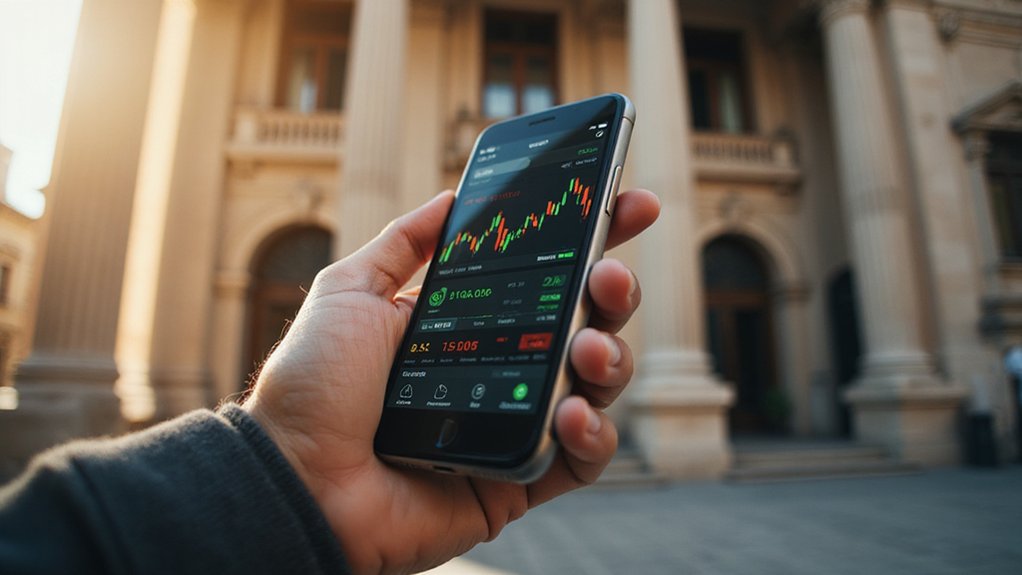While most financial innovations emerge from Silicon Valley boardrooms or Wall Street trading floors, Hong Kong has quietly positioned itself as the unlikely laboratory for yuan-backed tokenized securities—a development that would have seemed fantastical just a decade ago when blockchain was still the province of libertarian cryptographers and their digital manifestos.
GF Securities launched these tokenized securities in June 2025, partnering with HashKey Group to create GF Tokens on the HashKey Chain blockchain platform. The securities are denominated in offshore yuan (CNH), USD, and HKD—a tri-currency approach that suggests either remarkable foresight or hedged bets against monetary uncertainty.
A tri-currency tokenization strategy that reveals either sophisticated monetary hedging or institutional uncertainty about future financial stability.
USD-denominated tokens track the Secured Overnight Financing Rate (SOFR), while yuan backing underscores the currency’s growing internationalization efforts (though one might question whether tokenization truly accelerates this process or merely adds digital complexity to existing monetary dynamics).
The tokens generate daily interest and offer daily liquidity—features that address traditional securities’ liquidity constraints while maintaining institutional-grade returns. For USD tokens, interest calculations derive from overnight borrowing costs backed by U.S. Treasury securities, creating what amounts to a blockchain-wrapped version of established money market mechanics.
This launch coincides with the tokenized real-world assets market reaching $24 billion by mid-2025, with private credit assets commanding over half that figure at $14 billion. Hong Kong’s regulatory environment has evolved to accommodate such innovations through thorough policy statements on digital assets, suggesting authorities recognize tokenization’s potential while maintaining supervisory oversight.
The initiative targets high-net-worth individuals and institutional investors—demographics that appreciate both technological innovation and regulatory clarity. Hong Kong’s positioning as a digital finance hub gains credibility through such institutional adoption, particularly when traditional securities firms like GF Securities embrace blockchain technology rather than dismissing it as speculative novelty.
As financial institutions explore more sophisticated tokenization platforms, next-generation blockchain networks like Kaanch Network promise to address current limitations through ultra-high speed processing capabilities and near-zero gas fees—infrastructure improvements that could make such tokenized securities more accessible beyond Hong Kong’s current high-net-worth demographic.
Whether this represents genuine financial evolution or elaborate technological theater remains to be determined. The multi-currency structure and daily liquidity features address legitimate market needs, yet the fundamental question persists: does tokenization create meaningful value beyond traditional securities, or does it simply repackage familiar financial products with blockchain credentials?
Hong Kong’s regulatory support suggests authorities believe the former, though time will ultimately arbitrate this technological gamble.









